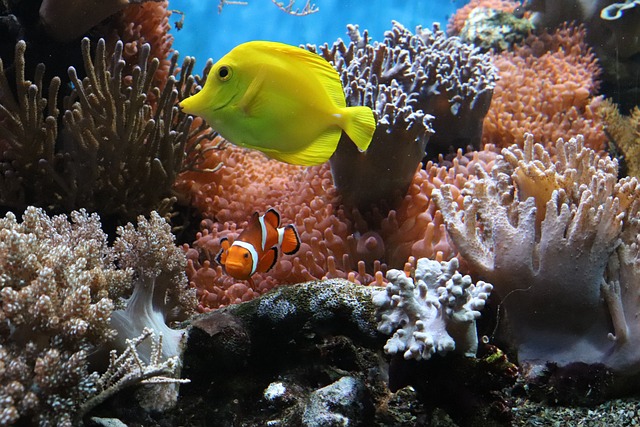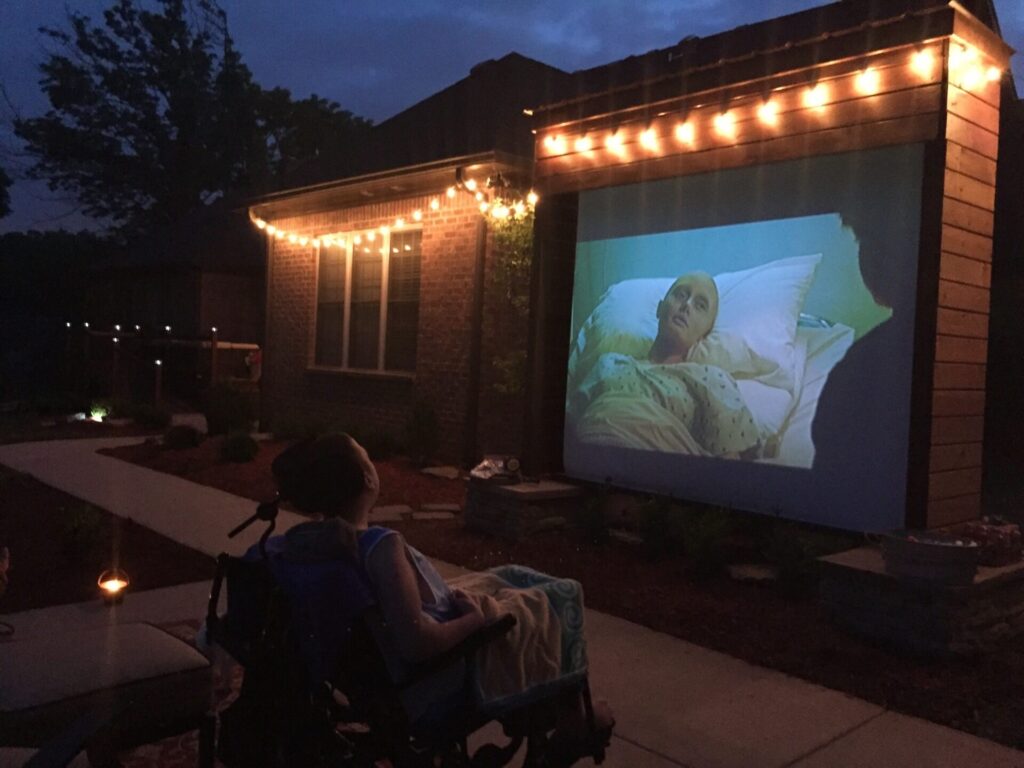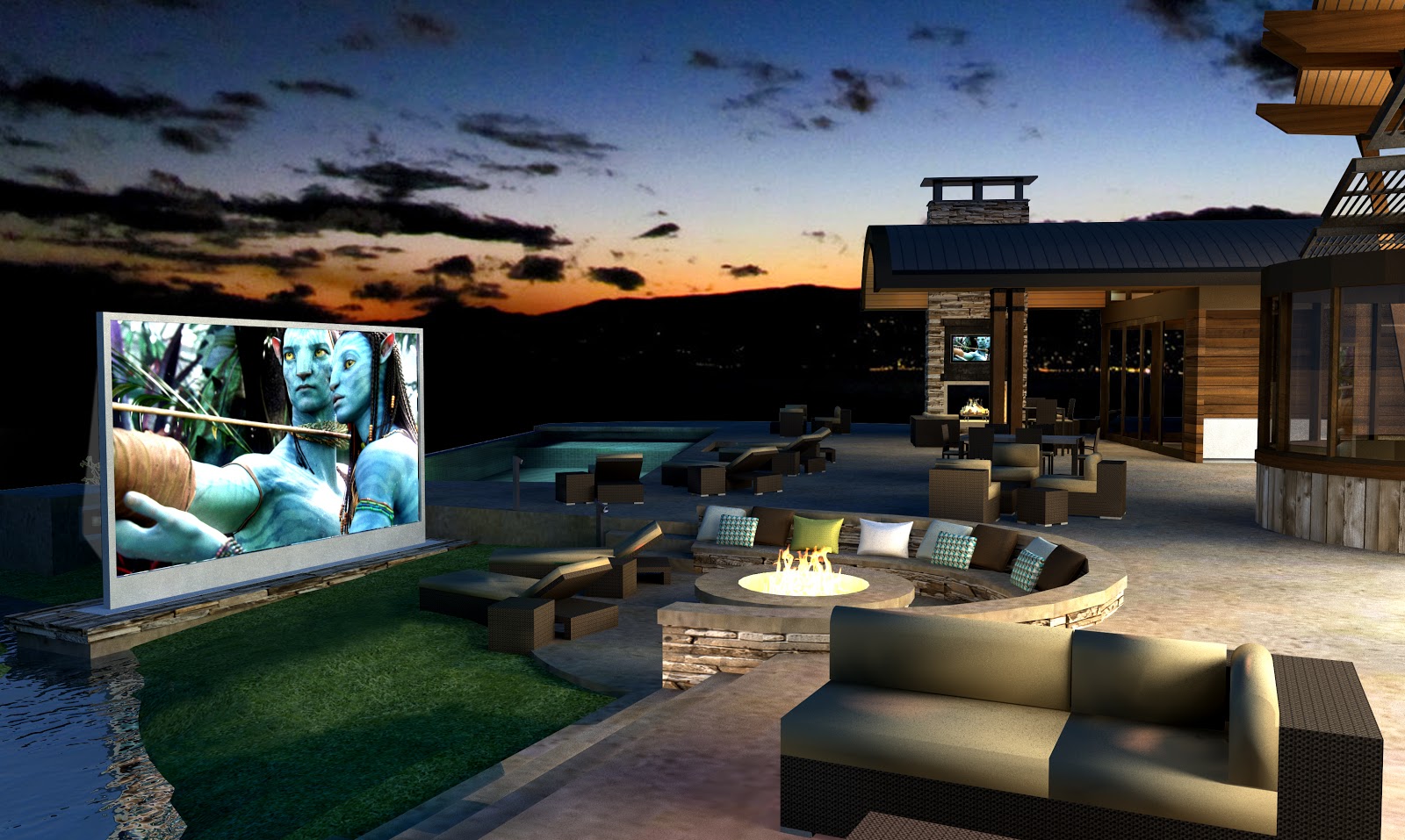As the rainy season rolls in, you may find yourself questioning whether your dog really needs a raincoat. After all, dogs have fur to protect them, right? While it’s true that many dogs have coats designed to keep them warm and dry, not all dogs are equipped to handle wet weather. In fact, some breeds may struggle more than others in the rain. So, do dogs really need raincoats? Let’s explore the benefits of a Dog Raincoat, when they’re necessary, and what to consider before buying one for your pup.
Protecting Your Dog From the Elements
 Just like humans, dogs can get cold, wet, and uncomfortable when exposed to rain for extended periods. While some dogs have thick coats that shed water, others have short, thin fur or no undercoat, making them more vulnerable to getting soaked. A raincoat can help protect your dog from the elements, keeping them dry and comfortable during rainy walks or outdoor activities. For smaller dogs, seniors, or dogs with thinner coats, a raincoat can be a great way to keep them warm and dry, reducing the chances of them getting chilled or uncomfortable in the rain. Even dogs with thick coats can benefit from a raincoat to prevent their fur from getting weighed down by water, which can make them colder or lead to skin irritation.
Just like humans, dogs can get cold, wet, and uncomfortable when exposed to rain for extended periods. While some dogs have thick coats that shed water, others have short, thin fur or no undercoat, making them more vulnerable to getting soaked. A raincoat can help protect your dog from the elements, keeping them dry and comfortable during rainy walks or outdoor activities. For smaller dogs, seniors, or dogs with thinner coats, a raincoat can be a great way to keep them warm and dry, reducing the chances of them getting chilled or uncomfortable in the rain. Even dogs with thick coats can benefit from a raincoat to prevent their fur from getting weighed down by water, which can make them colder or lead to skin irritation.
Preventing Mud and Dirt
Along with rain comes mud and puddles. A raincoat can serve as a barrier between your dog and the muck on the ground, helping to keep them cleaner during walks. Instead of coming home with a soggy, dirty dog covered in mud, a raincoat can minimize the mess and make post-walk cleanup easier. This is especially helpful if you have a dog who enjoys rolling around in puddles or getting into muddy areas!
Keeping Your Dog Dry During Short Walks
If your dog tends to be more of an indoor pup but still needs to go outside for bathroom breaks, a raincoat can make short outings much more comfortable. For dogs who won’t tolerate long walks in the rain, a raincoat can provide just enough protection to get them through a quick trip outside without getting drenched. This makes raincoats a great option for dogs who prefer to stay dry and warm during brief potty breaks.
Safety Considerations: Visibility in Low-Light Conditions
Rainy weather often comes with overcast skies and low visibility. A raincoat with reflective strips or bright colors can help increase your dog’s visibility when you’re out for a walk. This is particularly important if you’re walking your dog during early mornings or late evenings, as visibility is already limited. A raincoat with reflective elements ensures that your dog is seen by drivers and other pedestrians, enhancing safety during rainy outings.
Breed-Specific Considerations
While all dogs can benefit from a raincoat, some breeds are more suited for wet weather than others. For example, breeds like the Labrador Retriever, Newfoundlands, and Portuguese Water Dogs are known for their water-resistant coats and generally …



 Different coral species have varying light requirements, so it’s more than just necessary to research or at least understand the specific needs of your corals. Some corals thrive in high-intensity light, while others prefer more subdued lighting conditions. When positioning your corals, consider factors such as the type of lighting fixtures you are using, their intensity, spectrum, and duration.
Different coral species have varying light requirements, so it’s more than just necessary to research or at least understand the specific needs of your corals. Some corals thrive in high-intensity light, while others prefer more subdued lighting conditions. When positioning your corals, consider factors such as the type of lighting fixtures you are using, their intensity, spectrum, and duration. 
 Last but not least, observing compatibility among different coral species is also something you can’t forget to ensure their overall health and growth. Some corals may release toxins or exhibit aggressive behavior towards neighboring corals, which can lead to stress or even death. Understanding the specific needs and unique behaviors of each coral type before
Last but not least, observing compatibility among different coral species is also something you can’t forget to ensure their overall health and growth. Some corals may release toxins or exhibit aggressive behavior towards neighboring corals, which can lead to stress or even death. Understanding the specific needs and unique behaviors of each coral type before 
